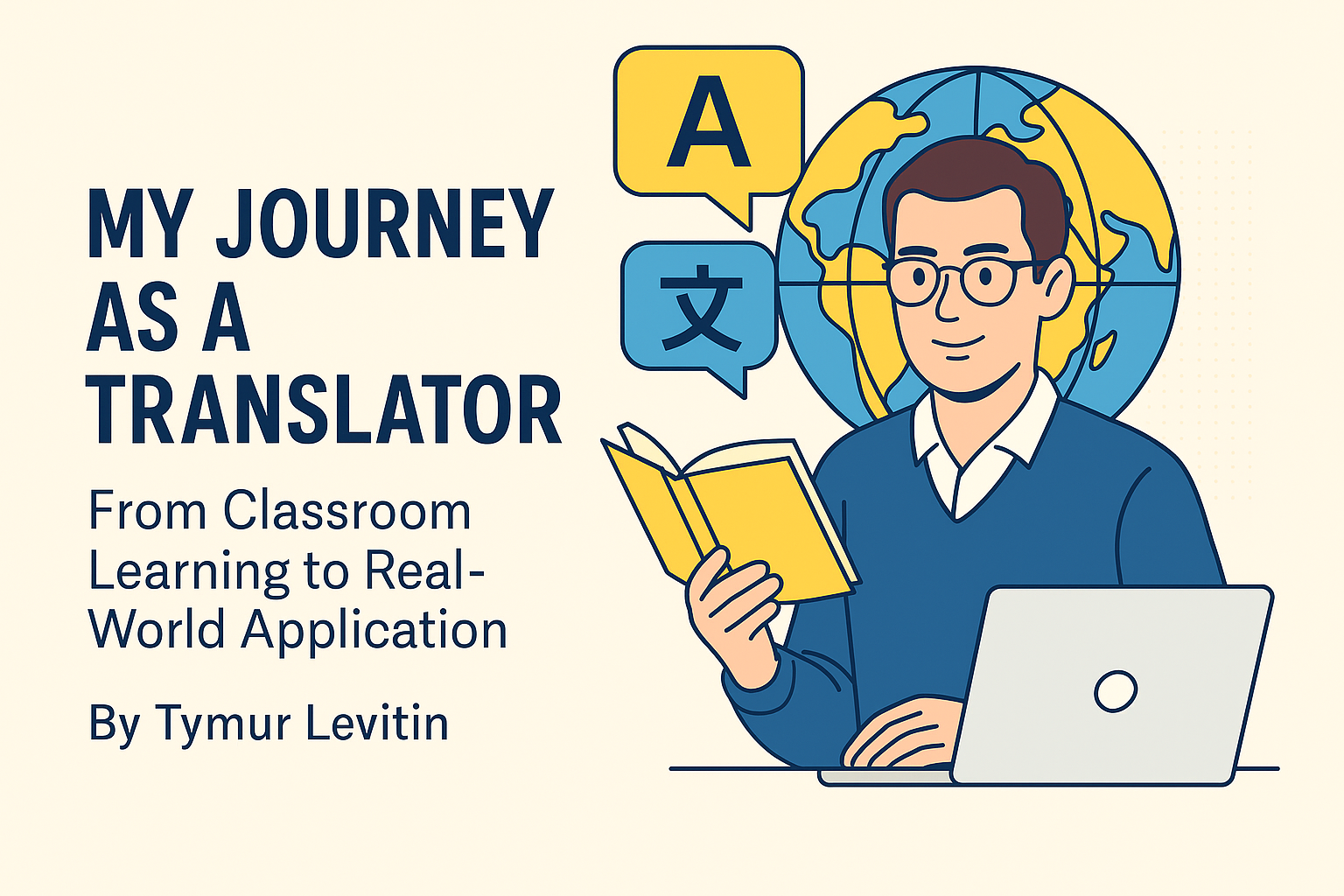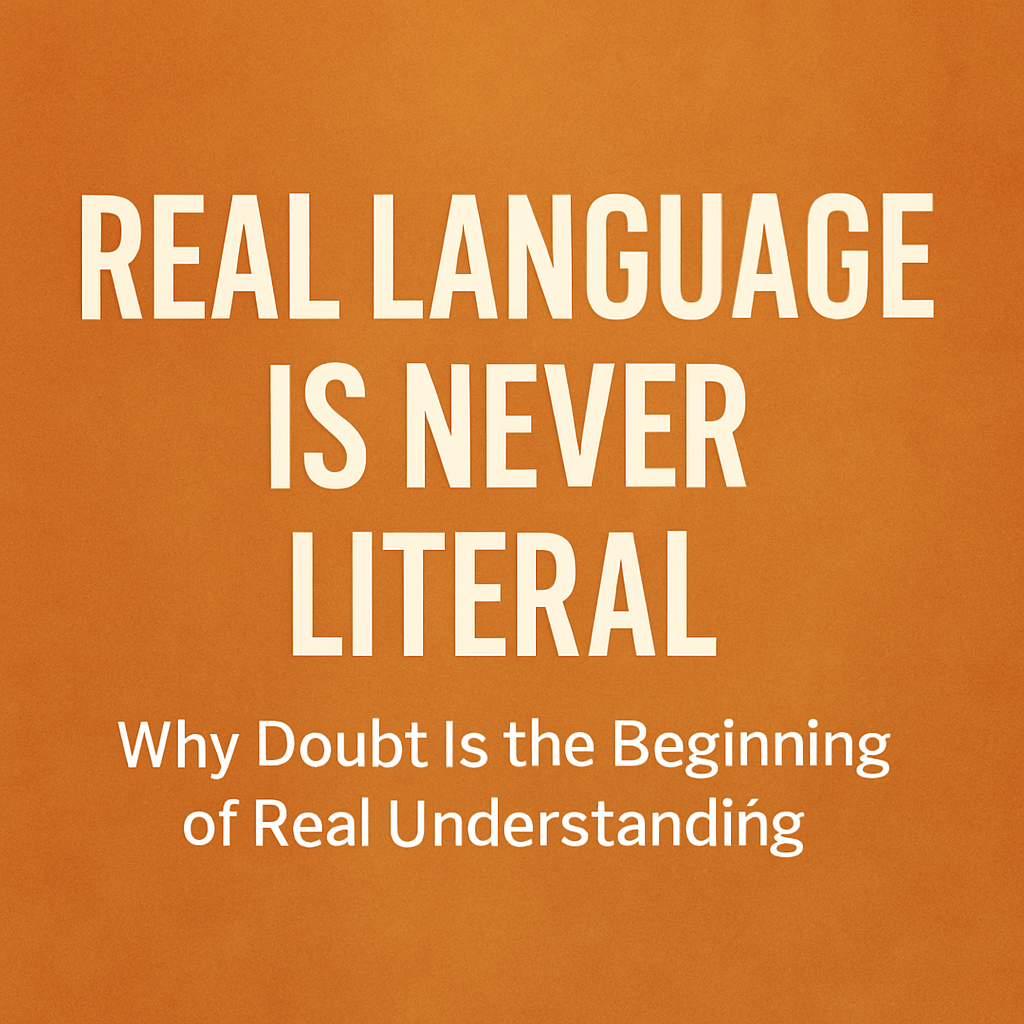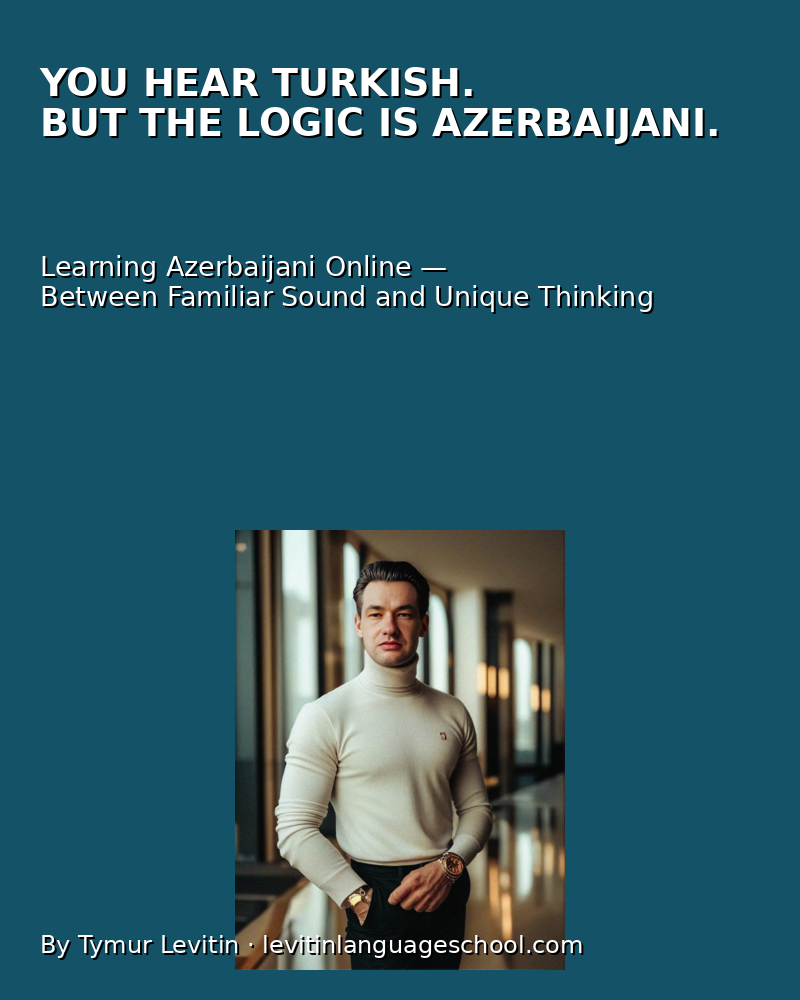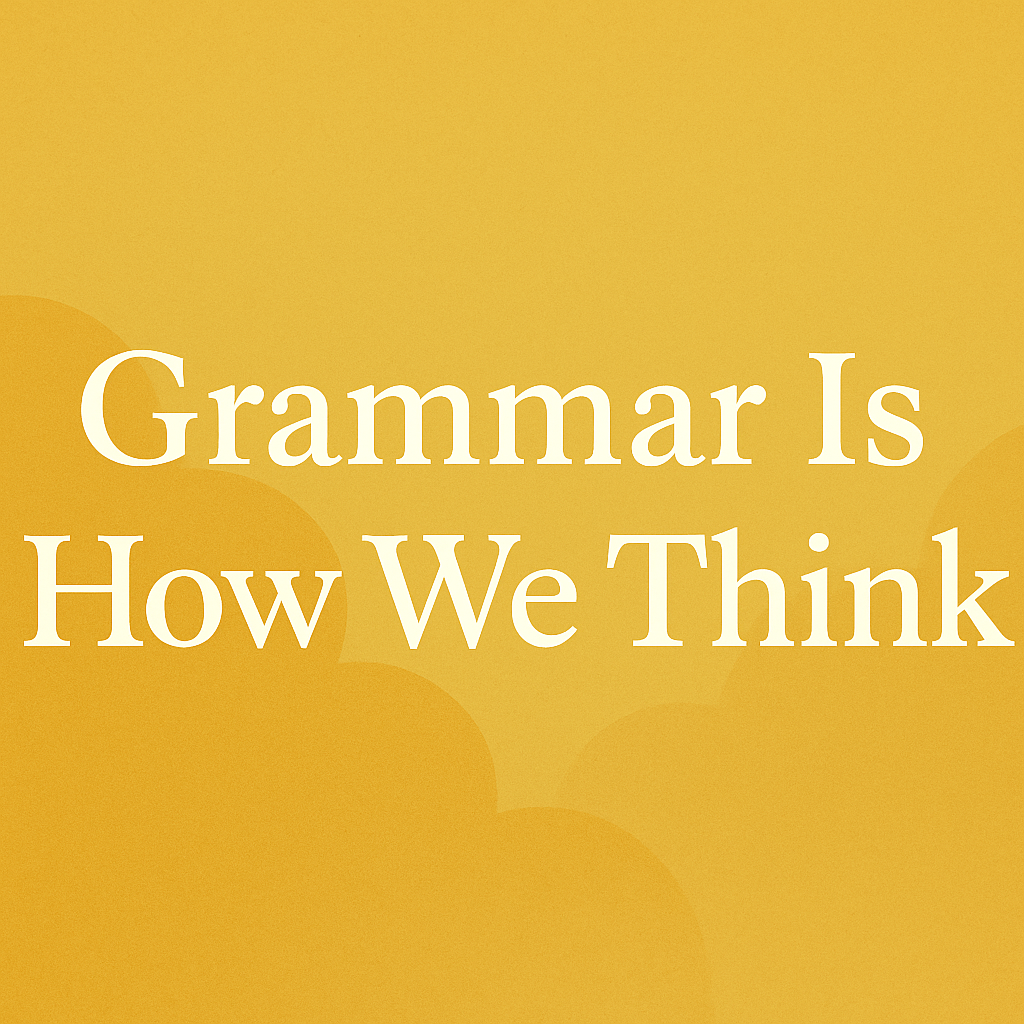At Levitin Language School and Start Language School by Tymur Levitin, grammar is never taught as a dry set of rules. Instead, we teach grammar as a framework that shapes meaning. In fact, when it comes to both language learning and translation, grammar is what makes understanding possible.
Grammar as a Map of Thought
Every sentence is more than just words. It’s a coded structure that reflects how we organize reality. In English, for instance, the typical Subject-Verb-Object order is not just stylistic. It’s a deep convention that tells us who does what to whom. The same goes for German or Ukrainian, although with different orders and rules.
This is why simply memorizing rules without grasping the logic behind them rarely helps. A student might know that “has been eaten” is Present Perfect Passive, but if they don’t see how it functions within real-life contexts, the structure remains meaningless.
Grammar in Translation
When translating, grammar is not something to be preserved like a fossil. It’s a living, breathing tool. For example, translating a sentence like “She had already left when I arrived” requires more than verb forms. It requires recognizing that one action preceded another — and that this is what matters. German might prefer a different structure to emphasize sequence, while Ukrainian might drop auxiliary words but use verb aspect instead.
Good translators read for sense, not just for syntax.
Teaching Grammar Through Meaning
In our lessons, especially in English and German, we focus on the student’s inner logic. Often, the way a student misuses grammar is a clue to how they think in their native language. And that can be a strength — not a weakness — if handled properly.
Instead of correcting with “that’s wrong,” we ask: why did you say it this way? From there, we show how the English or German way organizes the same idea. This comparison builds lasting understanding.
From Rules to Patterns
We replace rules with patterns. For example:
- “He had gone before I came” becomes a visual timeline, not a grammar drill.
- Word order becomes a choice with consequences, not a puzzle.
- Modal verbs are taught as emotional cues, not modal tables.
This method is especially useful for intermediate and advanced learners, as well as for translators who want to preserve nuance.
Cross-Language Comparison as a Tool
Understanding how different languages structure meaning helps students learn faster. Comparing English, German, Ukrainian, and Russian allows us to trace logic across grammar systems — and sometimes to discover that what felt like a mistake is just a translation of thought.
Learning with Real Teachers
At Levitin Language School, our teachers are not just instructors. Many are certified translators, practicing linguists, and language theorists. They don’t follow textbooks blindly. They read your sentence, your idea, your logic. And they build the bridge between where you are and where the target language lives.
If you’re tired of grammar drills that go nowhere, maybe it’s time to learn with people who see grammar as meaning.
🔗 Englischkurse an der Levitin Language School 🔗 Deutschkurse an der Levitin Sprachschule 🔗 Learn English on our U.S. site 🔗 Learn German on our U.S. site
Author: Tymur Levitin — founder, director, and senior teacher at Levitin Language School
Category: Author’s Column — Tymur Levitin on Language, Meaning, and Respect
© Tymur Levitin. Alle Rechte vorbehalten.
This article is an original work by Tymur Levitin, founder, head teacher, and certified translator at Levitin Language School / Start Language School by Tymur Levitin.
Reproduction, distribution, or use of this material is prohibited without the author’s written consent.
























